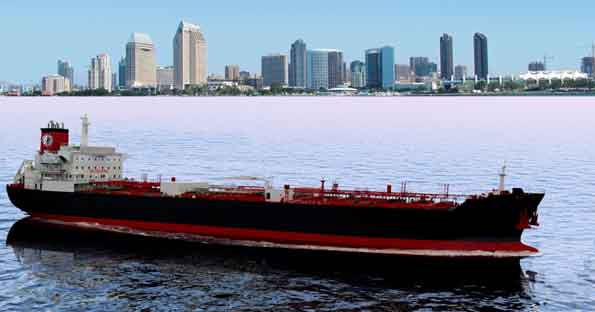 The Edison Chouest Offshore (ECO) global family of companies, one of the industry’s largest, most diverse and dynamic marine transportation solution providers, announced plans to enlarge its sizeable fleet and expand its terminal facilities in support of its customer base.
The Edison Chouest Offshore (ECO) global family of companies, one of the industry’s largest, most diverse and dynamic marine transportation solution providers, announced plans to enlarge its sizeable fleet and expand its terminal facilities in support of its customer base.
“Reacting to customer demands, ECO continues to lead the industry by designing, building and operating new generation vessels featuring the latest available technology,” said ECO President Gary Chouest. “We are a customer-centric company: Our main goal is to support their activities with state-of-the-art vessels, expanded terminal facilities, subsea services, fully-integrated logistics, and shorebase support wherever necessary.”
The Chouest newbuild order book contains over 40 vessels, a vast majority to be constructed at its four U.S.-affiliate shipyards: North American Shipbuilding (Larose, LA), LaShip (Houma, LA), Gulf Ship (Gulfport, MS) and Tampa Ship (Tampa, FL), as well as its Brazilian shipyard, Navship.
INNOVATIVE NEW 312’ PSV CLASS
ECO’s worldwide fleet now approaches 250 highly specialized offshore service and support vessels. The largest portion of the newbuild program contains 17 vessels, with options for an additional 20, in a new class of 312’ x 66’ x 26’ new generation, clean design, diesel-electric platform supply vessels (PSV).
This class features a new hull form that was designed to maximize deadweight while significantly reducing hydrodynamic resistance, thereby improving fuel efficiency. The result is a vessel that offers a deadweight tonnage in excess of 6,000 LT, the capacity for over 22,000 barrels of liquid mud, over 2,000 barrels of methanol, and 14,450 cubic feet of dry bulk. Carrying the new class moniker of NA312E CD VE (Very Efficient), these vessels offer a cargo delivered to fuel used ratio that is significantly better than other PSVs operating in the Gulf of Mexico.
These vessels provide accommodations for 51, as well as class notations for firefighting, dynamic positioning, unmanned engine room operation, special purpose ship safety, workboat habitability, and storage and discharge of recovered oil. The vessels also comply with the new International Labour Organization (ILO) standards for vessel design and crew standards.
“ECO owns and operates the largest fleet of new generation, high deadweight capacity PSVs in the global offshore service vessel industry. The new series of 312’ PSVs under construction represents an evolution of ECO’s proven proprietary hull designs,” said ECO’s Executive Vice President Dino Chouest. “The 312’ class meets 100 percent of ECO’s customers’ requirements for a high deadweight ton capacity, deepwater PSV that is extremely fuel efficient.”
NEW VESSELS INCLUDE ICE CLASS, MPSV, SUBSEA, WELL STIM
The Chouest newbuild program also includes two (2) new high ice class AHTS vessels for Arctic service, currently being designed. The vessels will mark the fifth and sixth icebreaking vessels in the ECO fleet, making Chouest the largest designer, builder, owner and operator of icebreaking vessels in the U.S. industry.
Additionally, Chouest will build four (4) subsea construction vessels, slated for service in the Gulf of Mexico market. Features include ROVs from Chouest affiliate C-Innovation, as well as a 400 MT AHC deepwater crane.
Additional newbuild highlights include:
.


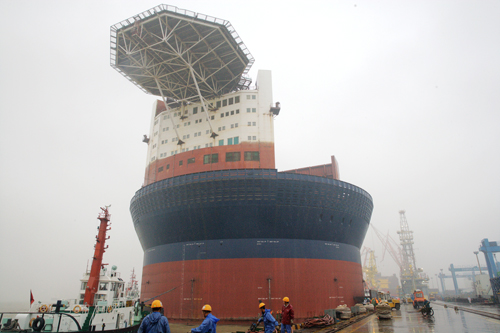 The
The 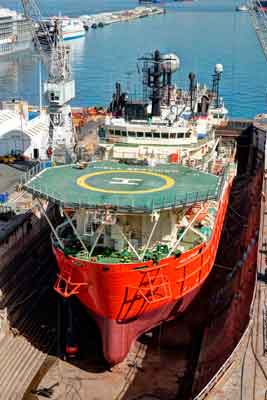 Gibraltar yard, and has been delivered back to Technip, ready for work.
Gibraltar yard, and has been delivered back to Technip, ready for work. 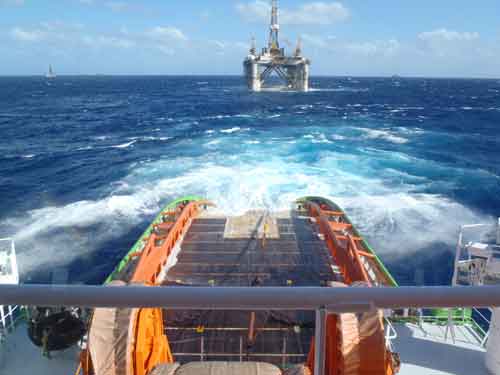 Ocean over a distance of over 3.400 miles.
Ocean over a distance of over 3.400 miles.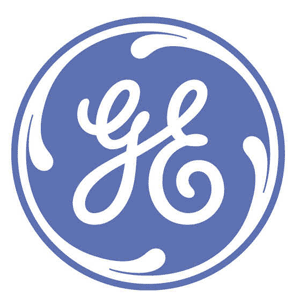 GE’s Power Conversion business
GE’s Power Conversion business 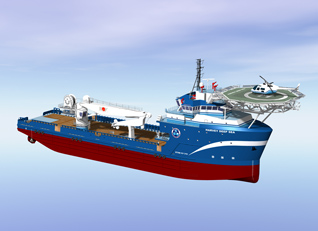
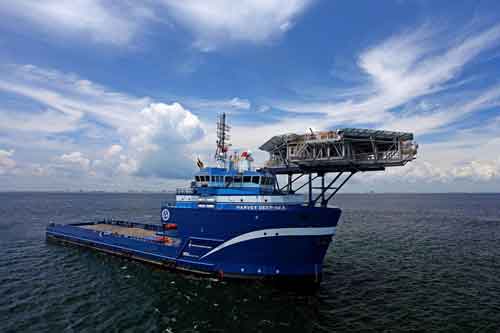 Support Vessels constructed for
Support Vessels constructed for  The Edison Chouest Offshore (ECO)
The Edison Chouest Offshore (ECO) 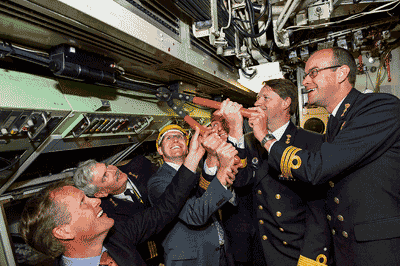
 Hamburg: “Making technology-based decisions is complex for each individual company, as is finding the right way into the future. We fully support the overall political will and dedication to reduce harmful emissions from ship operations.”
Hamburg: “Making technology-based decisions is complex for each individual company, as is finding the right way into the future. We fully support the overall political will and dedication to reduce harmful emissions from ship operations.”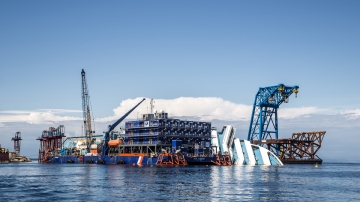 The engineers of the Titan-Micoperi consortium confirm that the
The engineers of the Titan-Micoperi consortium confirm that the 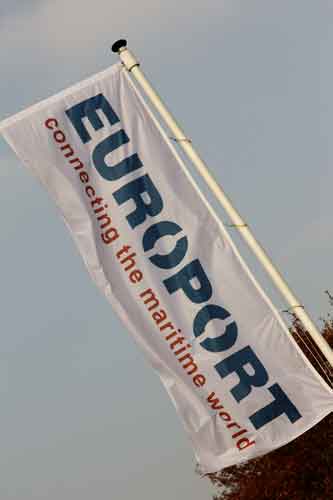 Europort 2013
Europort 2013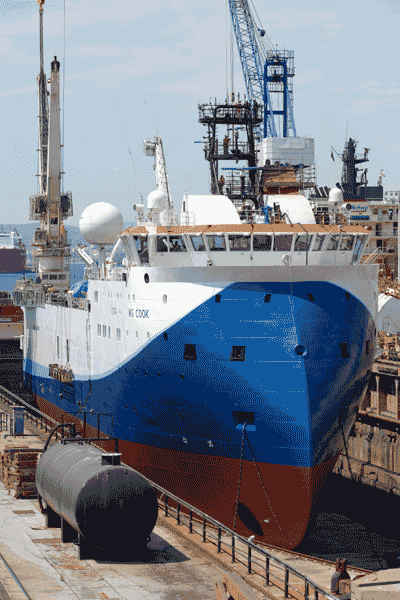
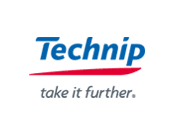 The joint venture formed by
The joint venture formed by 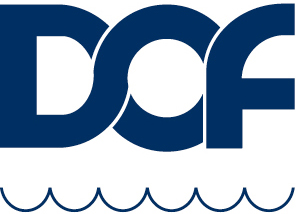 cover the construction of four new pipelay support vessels (PLSVs) and operation in Brazilian waters to install flexible pipes. The combined value for Technip is approximately €1.35 billion.
cover the construction of four new pipelay support vessels (PLSVs) and operation in Brazilian waters to install flexible pipes. The combined value for Technip is approximately €1.35 billion.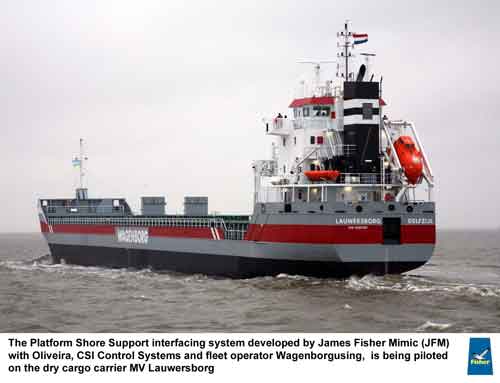 James Fisher Mimic (JFM)
James Fisher Mimic (JFM)